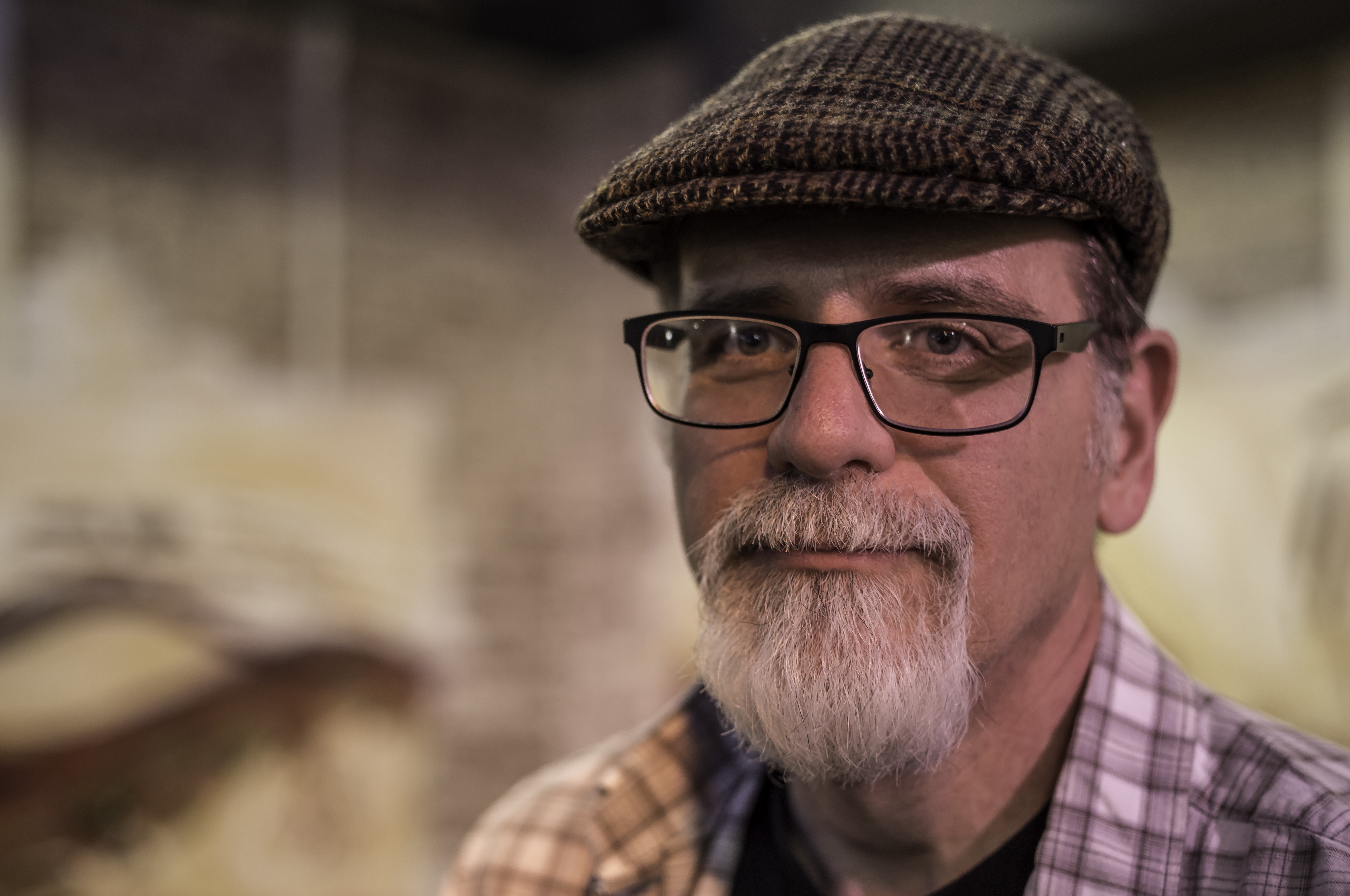A Brave Heart: The Lizzie Velasquez Story
Like its protagonist, the documentary A Brave Heart remains upbeat and positive throughout. Both could have justifiably wallowed in the pain, which would create empathy in many viewers, but would not win our respect.
In an age obsessed with appearances, Lizzie lives fully in the body she has been given.
From birth, Lizzie Velasquez has suffered with a rare syndrome, actually undiagnosed until she was an adult, which gives her unusual facial features and makes it almost impossible for her to gain weight. When Lizzie was in high school, she discovered a YouTube video titled “The World’s Ugliest Woman,” which featured footage of her. Several million people had already viewed the video, and hundreds of them left cruel comments asking why her parents hadn’t aborted her, some even suggesting she should kill herself. Feeling deep pain at being labeled, judged, and put down by people who had never even met her challenged Lizzie deeply. Her response: use the same medium to send out positive messages to empower others.
Lizzie eventually gave a TED Talk and became known for being a motivational speaker. I will admit, I am often unimpressed with motivational speakers, but Lizzie won me over with her undaunted positive approach. She has not done this on her own, as her parents and siblings have surrounded her with love. By the end of the film she is lobbying in Washington, D.C., for a national law about bullying (the Safe Schools Improvement Act).
Earlier in the documentary, Lizzie takes viewers for a walk to where she started school, giving us small glimpses into the childhood she endured as someone who looked so different from everyone else. The other place we get a glimpse of vulnerability is when she talks with Tina Meier, whose daughter committed suicide after experiencing cyber cruelty. Lizzie and Meier talk about how hard it is to always hide their weakness, and their moments of fatigue.
The film would have been much stronger, and maybe even more convincing, if it showed more of those moments where we witness the pain that Lizzie carries in her memory. She has chosen not to live in that pain, but it remains the context out of which she lives. Imagining that pain makes her choices more inspiring rather than less. Director Sarah Hirsh Bordo, however, chose to tell the story in a very straightforward manner, which remains positive with virtually no arc of tension or entry into the darkness. So the film chooses to tell the story in the same manner Lizzie lives.
I wish Bordo had chosen to interrogate the phenomenon of cyber cruelty, where it seems people enjoy being cruel to people they know, as well as to those they have never met. What has the like/dislike, “make a comment about everything” culture of social media engendered in us that makes it easier to be cruel—and think it is just funny or entertaining? Have we lost the ability to be empathetic, to imagine what it would feel like to be the one made a spectacle of? Did Bordo consider tracking down any one of the hundreds of people who posted comments, or the original poster of the video? These questions seem to be absent in this documentary, but would be worth tackling somewhere. The nature of bullying has changed so much in this age of social media (this is noted in the lobbying section of the film) that it takes a while for us older folks to catch on. But this new kind of bullying never stops—it is online 24/7 and it is relentless. If you are mean online, you can gain a following, and via that feel important. I respect the choice Lizzie has made, but wish our culture could explore what allows so much hate for anyone who is different.
Despite the film not reaching its full potential, it is a story that I encourage everyone to see, if only to meet Lizzie, who impresses at every stage. In an age obsessed with appearances, Lizzie lives fully in the body she has been given, embracing those she loves and accepting what she sees as her purpose in life.
A Brave Heart is rated PG-13.




